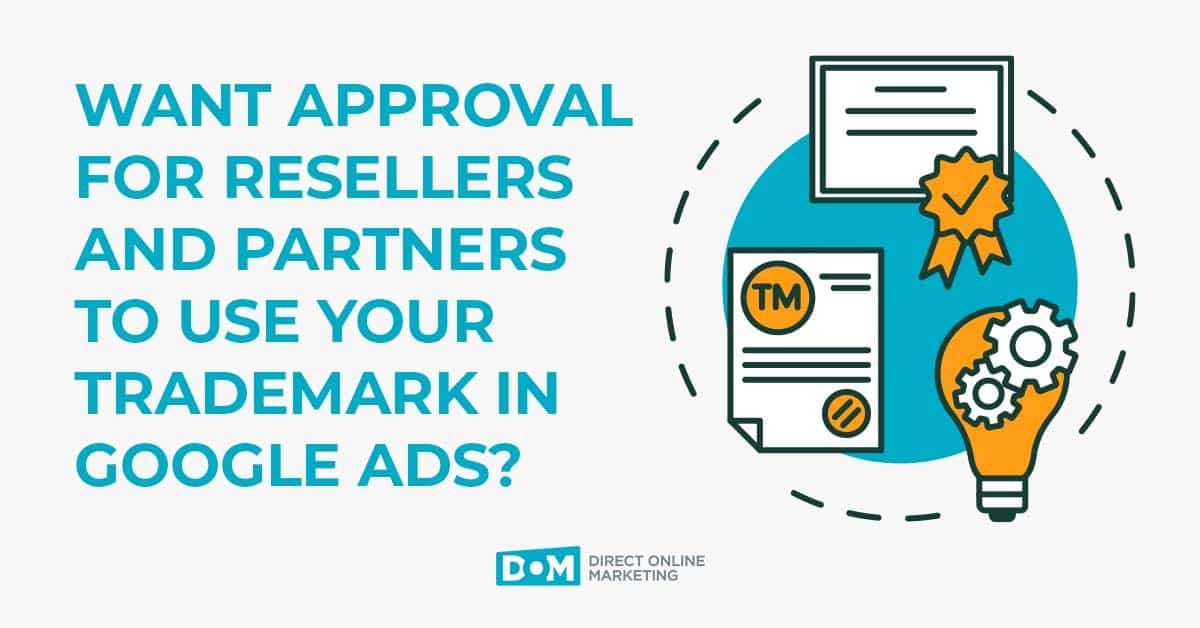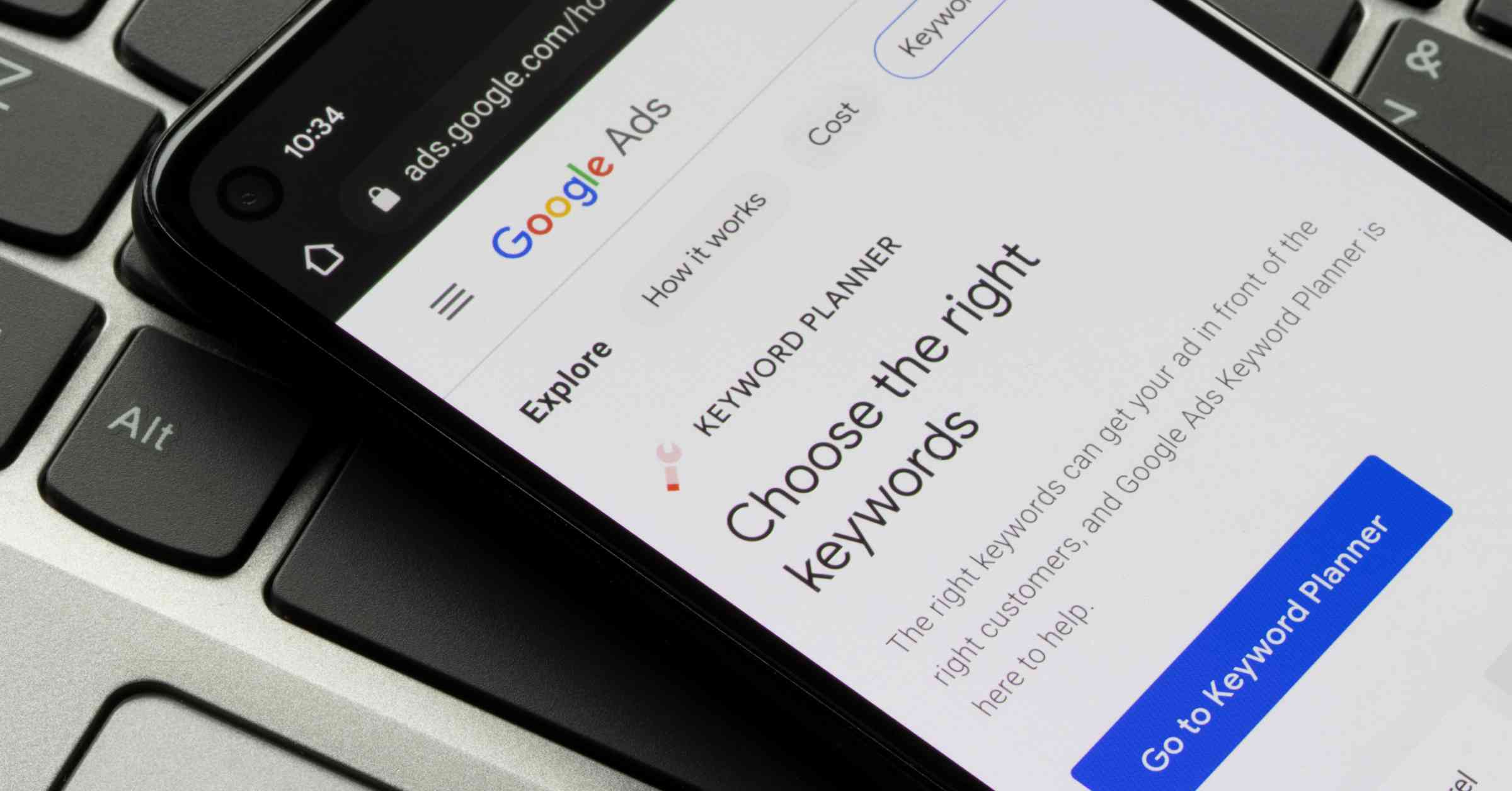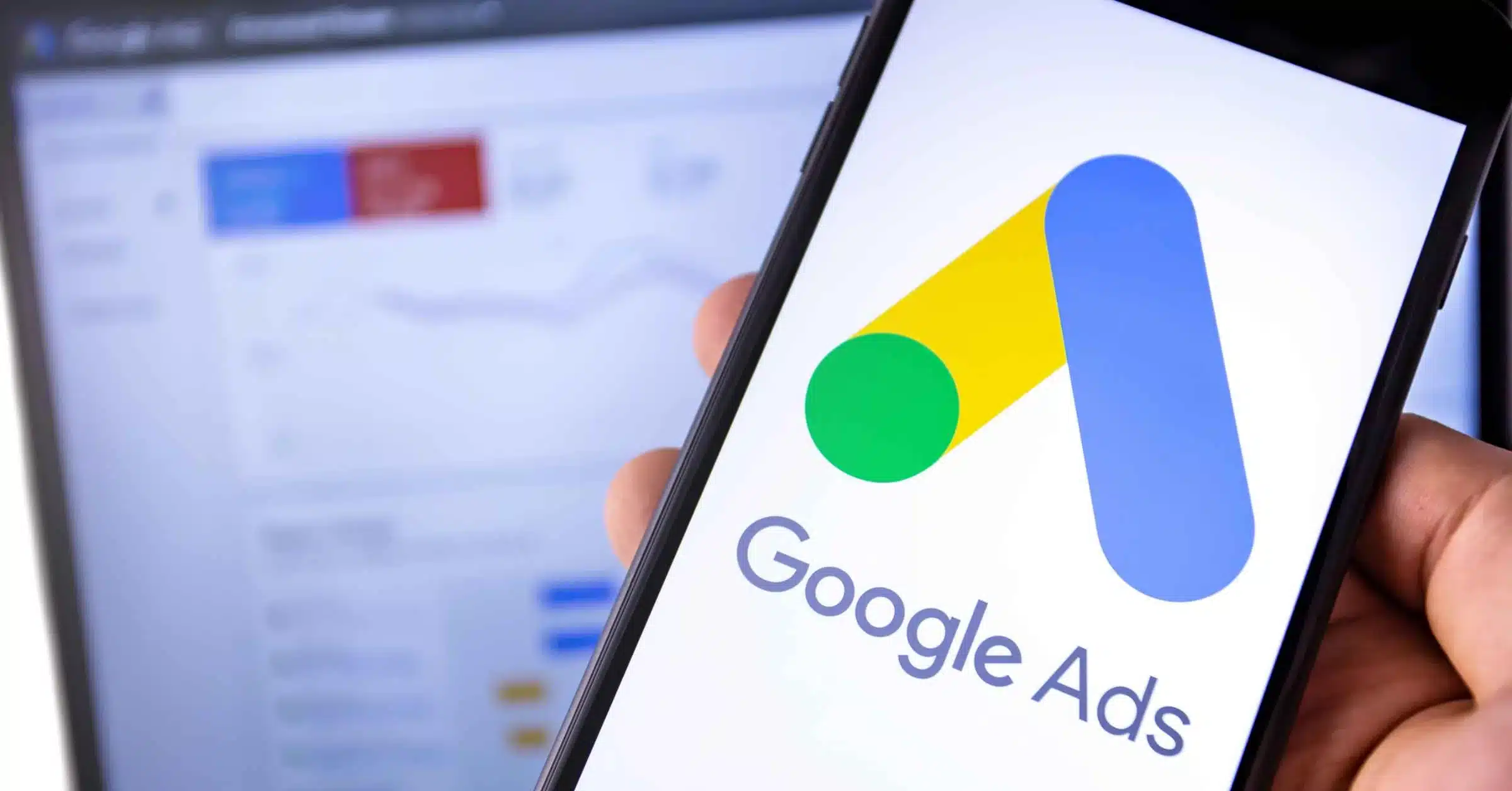
This week, Google Shopping Campaigns officially came out of beta and are now available to all AdWords advertisers. The new type of campaign will eventually replace existing Product Listing Ads (PLA) campaigns, but for now the two co-exist and can run simultaneously. Functionality and targeting is much the same, just with a different interface. The most notable upgrades with Shopping Campaigns are found in long overdue reporting features that make it easier to gauge performance versus your competition. However, Google seems to have overlooked one critical structural element: ad groups.
Before addressing Google’s “ad group oversight” issue, let’s first make note of 3 powerful new reporting features, which alone make Shopping Campaigns worth trying out. Benchmark Click Thru Rate (CTR), Max Cost Per Click (CPC), and Impression Share (IS) are all useful metrics that allow advertisers to assess the competitive landscape.
Benchmark Click Thru Rate (CTR)
This compares the CTR performance of your PLAs against your competitors for similar products. If you find that your CTR is lower compared to competitors’ ads, consider revising product images or titles to improve ads. However, keep in mind that most shoppers will consider price over all other factors and clicks may be lost solely due to product prices.
Benchmark Max Cost Per Click (CPC)
Similar to Benchmark CTR, this compares max CPC performance against competitors for similar products. You might consider raising or lowering bids to better align with Benchmark Max CPC as bid amounts will directly affect ad position. Take this into account along with Impression Share when adjusting bids.
Impression Share (IS)
A useful metric for measuring potential search volume, this has been available for all Search campaigns for quite some time. However, PLAs for some reason were never equipped with this feature. Impression Share (IS) indicates the percentage of time your ads are displayed compared to all times ads are available to show. This number may fall below 100% due to insufficient budget, inferior rank, or a combination of the two. If this is the case, try increasing budget, raising bids, or improving quality score.
Where Have All the Ad Groups Gone?
The biggest shortcoming in Shopping Campaigns is the inability to add multiple ad groups. Upon initial setup, an ad group must be created and all subsequent product segments (formerly auto-targets) are organized within this singular ad group. There is currently no way to add additional ad groups, there isn’t even an ‘Ad Groups’ tab. (We have confirmed this with AdWords support)
The problem with not having multiple ad groups is that all promo ads are applied to every segment within the campaign; there is no way to assign promo ads to specific groups of products. While this may be fine for advertisers whose promotions apply to their entire product offering, for others this could be a real hindrance. Let’s explore one hypothetical example of an advertiser who may want to separate product segments (auto-targets) by ad group for promotional advertising purposes:
Bill’s Shoe Store sells 2 different brands of footwear: Reebok and Adidas. Bill runs promotional ads that apply to all products within his product feed; the ads tout “Expert Service. 25+ Year in Business”. However, one day Bill decides to liquidate his Adidas product line. To entice shoppers, he offers free shipping on all Adidas shoes. Naturally, Bill wants to promote this offer in product listing ads. In the old PLA campaigns this can be accomplished by creating a new ad group for ‘Adidas shoes’, setting an auto-target for ‘Brand: Adidas’, and creating promo ads for “Free Shipping”. Conversely, Shopping Campaigns cannot have multiple ad groups, which makes promotional ad segmentation impossible.
Fortunately, other advertisers have inquired about this same issue and AdWords may have a solution in the very near future. In the meantime, Shopping Campaigns still offer the value of insightful competitive metrics and will eventually replace traditional PLA campaigns. Nonetheless, until the new campaigns undergo further refinement, it may be wise to keep running traditional PLA campaigns. Remember, both types of campaigns can run simultaneously. If your anxious to get started, Google does provide some monitoring and optimization strategies for Shopping Campaigns.


